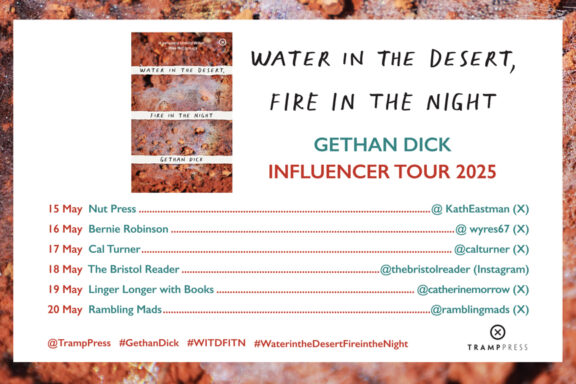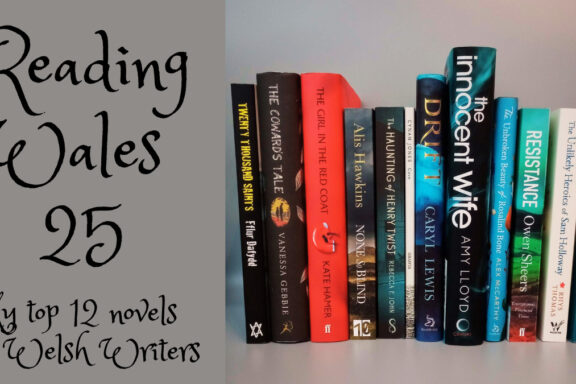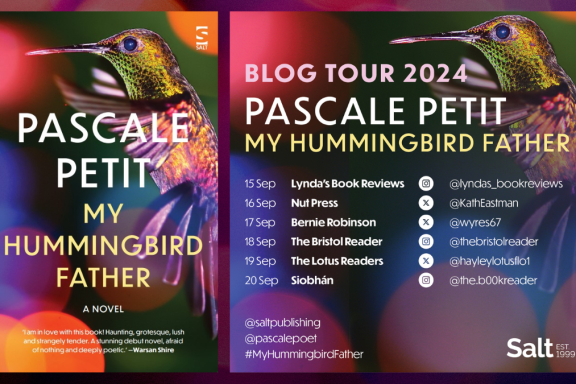 There’s an insistent pull to the rhythm of its opening pages that drew me into Guy Gunaratne’s debut In Our Mad and Furious City, a novel which gives voice to “London’s scowling youth” and “those of us who had an elsewhere in our blood.”
There’s an insistent pull to the rhythm of its opening pages that drew me into Guy Gunaratne’s debut In Our Mad and Furious City, a novel which gives voice to “London’s scowling youth” and “those of us who had an elsewhere in our blood.”
For Selvon, Ardan and Yusuf, growing up under the towers of Stones Estate, summer means what it does anywhere: football, music and freedom. But now, after the killing of a British soldier, riots are spreading across the city, and nowhere is safe.
While the fury swirls around them, Selvon and Ardan remain focused on their own obsessions, girls and grime. Their friend Yusuf is caught up in a different tide, a wave of radicalism surging through his local mosque, threatening to carry his troubled brother, Irfan, with it.
Guy Gunaratne’s characters may inhabit an urban landscape bordering on one familiar to me from having lived in north London but their experience of the city is worlds apart from my own. As one of his narrators says early on in the book: “Most others only knew us from the noise we made at the back of the bus.”
Language flexes and evolves for the voices we hear. Selvon, Ardan and brothers Yusuf and Irfan, a loose alliance of friends from school all share a street language: “our words clipped and surging with our own code… Our friendships we called bloods and our homes we called our Ends.” The language used is telling, yet it also has a beat and musicality of its own, something akin to the grime music Ardan writes.
Speaking in a register that borrows words and expressions from their multilingual community, the language of the second generation ‘youngers’ contrasts with that spoken by the older first generation narrators. Their language is still that of the home they left behind: Nelson from the Caribbean island of Montserrat speaks patois while Caroline is unmistakably from Belfast.
The rising tension in the novel mostly stems from events which happen off-the-page – the book opens just after the soldier’s murder, riots take place at the end of their street – but you can see it impacting upon the characters’ lives over the 48-hour time period of the novel. It’s frightening how recognisable the events are, mirroring real-life ones, yet written in a way which puts them in a whole new perspective.
The book came out just as the Windrush scandal was unfolding and parts of Nelson’s story gave me goosebumps as I read it. It’s interesting and not a little depressing to see events in the novel through the prism of history, with the repeated rhetoric, mistakes and attacks, as told though the older characters’ recollections of living through the Troubles in Belfast or of being “some wretch who was too island-soft for this place to begin with” and found himself increasingly pressured into protesting and rioting.
What makes this novel so extraordinarily vibrant are the voices of those whose stories are told and the language which Guy Gunaratne uses. Fierce, urgent and passionate, In Our Mad and Furious City demands your attention for this is the language of survivors and there is both beauty and hope in that.
In Our Mad and Furious City is Guy Gunaratne’s debut novel and is published by Tinder Press, a Headline imprint. It’s available as an audiobook, ebook, in hardback and paperback. Longlisted for the Man Booker Prize and Dylan Thomas Prize. Shortlisted for the Goldsmiths Prize, Gordon Burn Prize, International Dylan Thomas Prize and Authors’ Club First Novel Award.
You can find it at Amazon UK or buy it from Hive and support your local independent bookshop. For more on the author, check out his Author Website or follow him on Twitter.
My thanks to the publisher for sending me a review copy.
*GIVEAWAY* Leave a comment below to be in with a chance of winning a paperback of In Our Mad and Furious City and the squirrels will pick a winner at the weekend.



Leave a comment